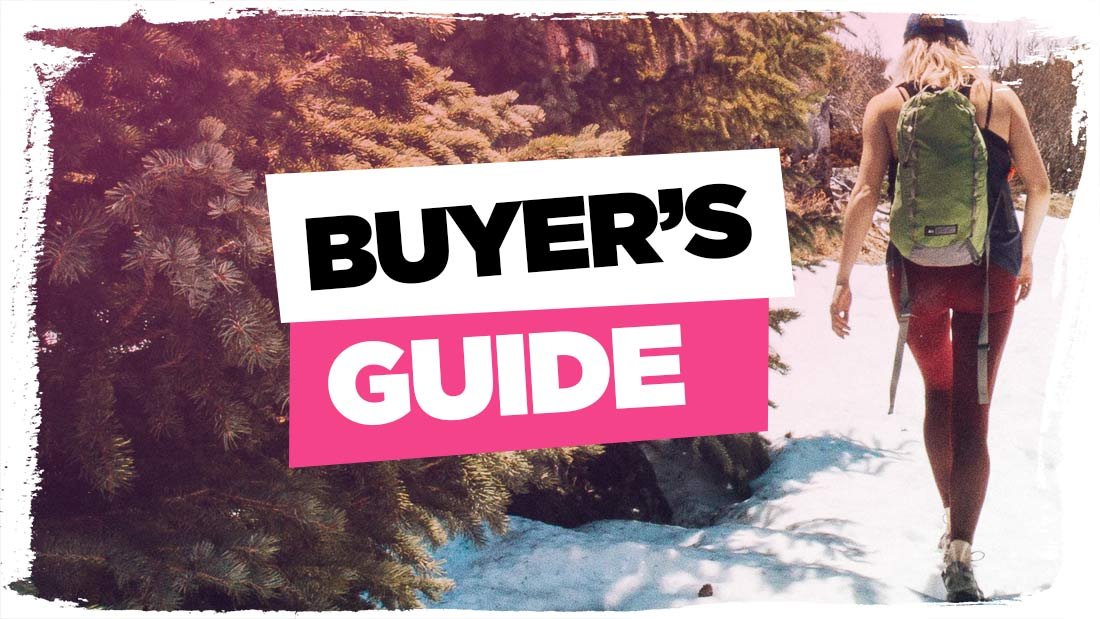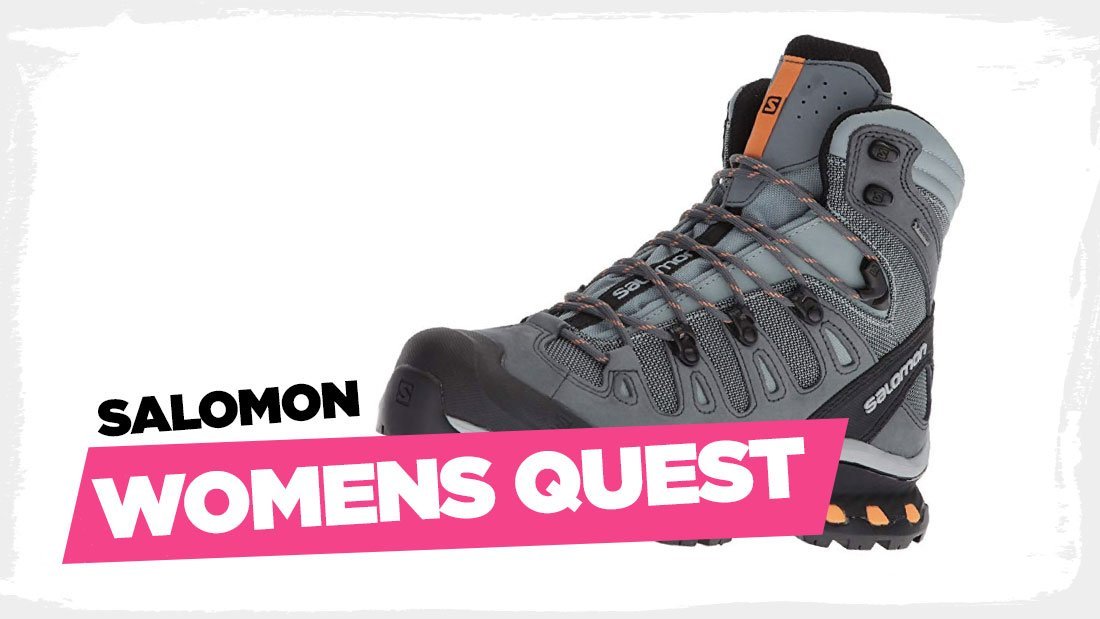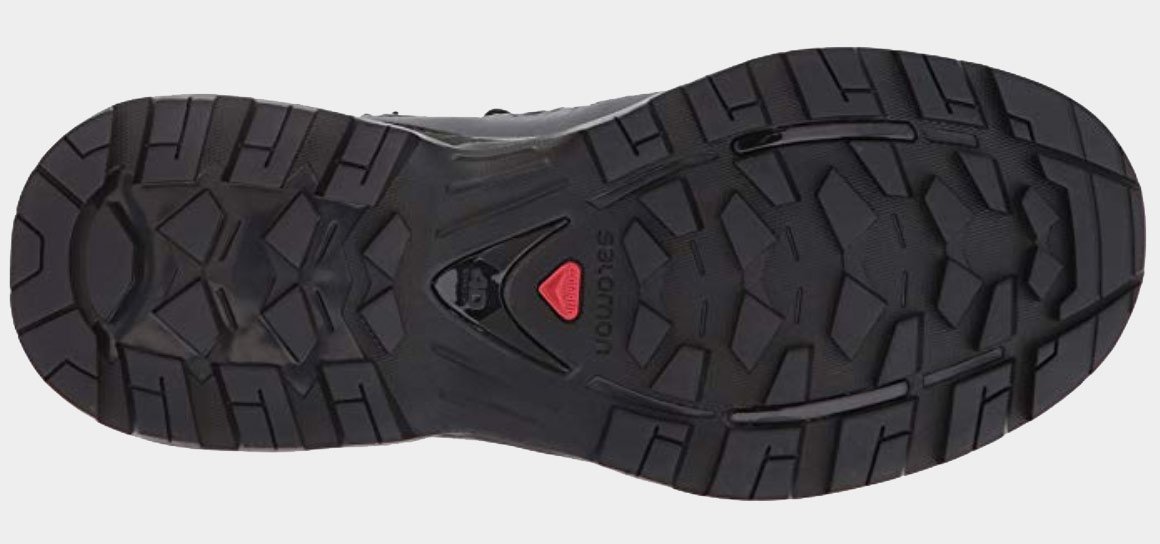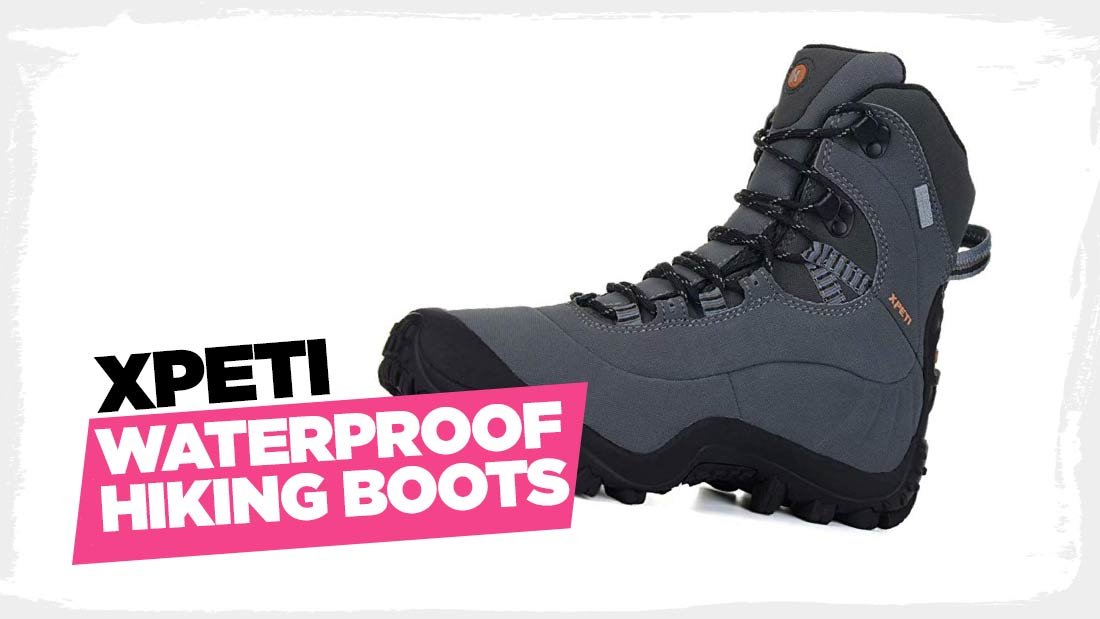The Best Hiking Boots for Ladies

Following on from our recent article (The Best Hiking Boots Under £100) we thought we’d take a look at some of the top Hiking Boots out there for women.
Now before you go and shout “Hey! But women are the same as men WTF!!!” Well, it’s actually a question we get a lot here on ArcticDry from female fans of our products, and they’re always asking us: what are the best Hiking Boots for Women?
Also let’s face the facts, some of the top brands out there such as Salomon, Karrimor, Trespass etc all have significant female product ranges, and it will be interesting to see whether their boots are specifically tailor made for their female demographic, or whether they’re just the same boots but made in a different colour!
Anyway, without further delay, let’s get started and try to answer the question of what are the best hiking boots for women.
Hiking Boots Buyer’s Guide

As a quick preface for this article, I think it’s very important to note what you should be looking for in a good pair of Hiking Boots, before looking for specific male/female variations and/or different colours.
Below is a quick guide on the main things you should be looking for before you splash the cash on an expensive pair of Hiking Boots!:
Hiking Boot Composition

There are generally 4 mains parts to the Hiking Boot, the Outsole, the Midsole, the Upper, and the Liner (some boots don’t have liner’s but it’s worth noting).
The Outsole

This is of course one of the most important parts of the Hiking Boot to consider.
Generally speaking, a Thicker tread (usually made from rubber or tpr) is great for Hiking/Trekking in Muddy Terrain, enabling you to take on muddier hiking trails yet still maintain your balance.
A shallower tread will be better for rockier terrain where you need to be more nimble and agile.
The other thing to note is the tread “pattern”. This will generally vary from boot manufacturer and brand, and really just depends on the company and/or personal preference.
Some people swear by the normal horizontal “chunky” pattern, whereas some people prefer a dotted tread, almost like a thick version of the underneath of a football/soccer boot.
The Midsole

The Midsole of a Hiking Boot serves one main and important purpose: to act as a shock absorber and to give you the best hiking experience possible.
Cheaper boots will use more rigid materials and this can really turn an average hike into a bit of a pain, so invest wisely in your hiking boots, it will pay dividends in the end!
Typically midsoles are made of Polyurethane or EVA, with EVA being the lighter, more cushion-y material, however its also the more expensive material, so worth noting.
The Upper

The Upper is also an important, yet overlooked area of the Hiking Boot. It’s typically made from one of 4 materials: Full Grain Leather, Split Grain leather, Nubuck leather & Synthetics, often with Waterproof Membranes and Extra Padding added in for waterproofing & warmth, especially for those who need such features on Arctic Expeditions.
Full Grain leather will take a while to “break in”, but is much more sturdier and fantastic for people who hike through really tough terrain where you’ll be exposed to Thorns, Sharp Objects and other things which may penetrate a weaker material type.
Synthetic materials are good as they’re often cheaper and lighter, however they also wear down a lot faster than leather. Out personal preference is Split Grain leather as its often combined with materials such as Nylon, hence….getting the best of both worlds! 😀
The Liner

Not all Hiking Boots have this, but its becoming more and more common nowadays. The Liner is typically a Waterproof Membrane and or thermal mesh that adds that extra bit of waterproof-ness to your boot (or warmth!). Often “Waterproof Hiking Boots” will have a Waterproof Membrane not too dissimilar to the one’s we use in our Waterproof Socks.
What is worth noting is that often these type of boots will be more expensive, and it’s probably a good idea just to get yourself a pair of Waterproof Socks, then combine them with the Hiking Boots instead.
Hiking Boot Fit

Ofcourse, this is one of the main things you’ll be looking to get perfected when purchasing a new pair of Hiking Boots….
What you want to do is actually take out the insole and compare it to the size of your foot, this will give you a general impression of how its going to fit. Then of course try it on; the Boot should be a snug fit, without being overly tight, and still allowing you to wiggle your toes towards the end.
The last thing you want are a pair of boots that chafe you during your Hike, before you know it you’ll be covered in blisters and boom….the fun is over in a heartbeat.
How to Clean Hiking Boots

Simple.
Make sure to wash them thoroughly with Lukewarm Water, inside and out; then allow to air dry.
Try to avoid placing them on a really hot heater to “quick dry”. If you do this with Full Grain leather or Split Grain Leather then what will end up happening is that you’ll shrink the leather somewhat, and weaken it.
Also if you have a Hiking Boot with a Waterproof Membrane, you may end up damaging it, which would be annoying if you’ve just dropped £300 on a pair of Waterproof Hiking Boots, only to not be able to use them next time!
What are the Best Hiking Boots for Women?
Ok so onto the main premise of this article, what are the best hiking boots for women? Let’s take a look shall we.
Our reviews are based on our own personal experience with some of the top brands of Hiking Boot on the market today. So lets begin:
Salomon Women’s Ellipse Winter GTX


Salomon have a reputation for great Hiking Boots, and it’s no surprise one of their products has popped up in one of our lists. Let’s take a quick look at what the Salomon Ellipse Winter GTX offers us.
This Hiking Boot comes with a leather lining and GORE-TEX membrane, which works great at keeping you protected from the cold and wet weather, especially here in the UK!
It comes in at a weight of 430g, and has been specifically created for women’s feet. Aka: generally more streamline and less smelly than mens feet! ?
The sole is made from Gum Rubber and the actual material used for the upper is synthetic, which partially explains the light weight of 430g.
Salomon Women’s Quest GTX

Salomon again with another fantastic pair of hiking boots for women. The Salomon Quest GTX is a great example of one of their Nubuck leather boot designs, coming in at 575g; slightly heavier than the Winter GTX Boot.

This Hiking Boot features Salomon’s new Contagrip® TD Lug Design, which is fantastic for that extra grip. It also uses a Goretex Membrane and is made from Nubuck leather, which gives it a fantastic feel.
Karrimor Bodmin Mid 5

The Karrimor Bodmin Mid 5’s are made from a Suede and mesh upper, and have a Padded ankle collar and tongue.
Karrimor are known for making some of the world’s best Hiking Boots and these are no exception. The reputation means that every ounce of care is taken to ensure their boots are of the highest quality, with regular quality inspection “rounds” before their boots are released for being sold.
What makes these boots so special is that they have a Phylon midsole for cushioning and support. This means they are super comfortable, even on rocky terrain and uneven ground. Just what you want on your next hiking adventure.
XPETI Thermator Women’s Waterproof Hiking Boots

The XPETI Thermator has a Waterproof Mesh Upper with a EVA Midsole and Rubber Toecap for that extra bit of protection. While they aren’t as well known as Salomon or Karrimor, they make up for the lack of brand awareness with super product quality.

Not only do they look cool, but the Xpeti Thermator are extremely effective on the hills and trekking through tough terrain. They have a Thinsulate insulation for -30 degrees temperatures, and they are extremely comfy too.
Questions & Answers
How do you Waterproof Hiking Boots?
Ok so this is an interesting question because technically there are a few ways you can do it:
- Waterproof Spray – Waterproof Spray is an incredibly popular way to waterproof your hiking boots. What you’ll need to do is keep the product about 6 inches away, and then apply the Waterproof Spray evenly across the boot, making sure to cover the vulerable places like the stitched areas and where the midsole has been glued/attached.
- Waterproof Wax – This is a relatively old school way to waterproof jackets and boots, but basically you can purchase certain type of wax that is specifically made for Leather Boots, and then apply the wax evenly like above ^
- Waterproof Cream – Similar to the technique above, you can purchase waterproof cream and make sure that you apply it to all the nooks and crannies of the hiking boot, to make sure that you are fully protected.
ArcticDry 100% Waterproof Socks
The techniques above are all well and good, but what if they fail you? There’s a very high probability that you’re going to get soggy feet, and FAST!
However, with ArcticDry Waterproof Socks, you’re protecting yourself that extra level, and also adding in some extra comfort and warmth at the same time.
Our socks work in a similar way to waterproof hiking boots, in that there is a waterproof membrane that stops water from entering, and thus keeps you nice and dry.
Conclusion
We hope we’ve answered all your questions and queries on what are the best hiking boots for women. It’s a very popular question we get here at ArcticDry, and hopefully this article can guide you on your way to choosing your next hiking boot!
For women there are plenty of options to choose from when it comes to choosing the best hiking boot, but we would personally stick with Salomon, as they are industry standard for a lot of hikers and people into long distance treks and walks, so if its not broke, don’t fix it, go give them a try!









